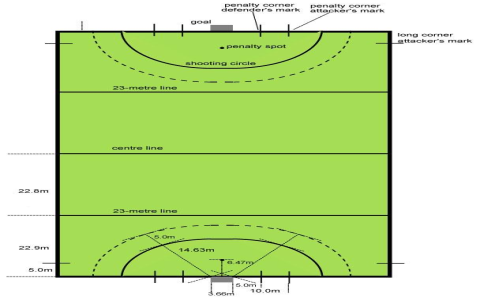So, I really wanted to get into baseball, right? But man, those rules about pitching? They’re a maze! I spent a whole weekend just trying to wrap my head around them. I started by digging through the official NCAA website. There was this massive PDF rulebook – seriously, who reads these things?

I found some videos too. They mentioned something about new rules for the 2023 season, which was kinda helpful. But mostly, it was just a bunch of guys talking about technical stuff that went way over my head.
- First attempt: I tried to make sense of the pitch count limits.
- Second try: I watched those online videos, hoping for a simple explanation. No luck.
- Finally: I had to break it down, piece by piece.
It seems like the main thing is how many pitches a pitcher throws in a game. Like, if they throw between 76 and 110 pitches, they need three days off. And get this – there’s a hard limit of 110 pitches in a single game. I guess they’re trying to protect the players’ arms or something.
Then there’s this whole thing about designated hitters. Apparently, in college baseball, there’s a guy who can hit instead of the pitcher. I guess some pitchers aren’t great at batting, so this rule lets them focus on, well, pitching.
After hours of reading and watching videos, I felt like I was starting to get it. It’s not just about throwing the ball; there’s a lot of strategy involved. And all these rules are there to make the game fair and to keep the players safe.
Honestly, it was a bit of a headache, but now I feel like I could actually watch a game and understand what’s going on with the pitching. I even started following some college teams online. Who knew I’d get this into baseball?
So yeah, that was my weekend adventure in the world of NCAA baseball pitching rules. I wouldn’t recommend it as a fun way to spend your time, but hey, at least I learned something new.
I even jotted down some notes that really clear things up. Gonna share those notes later, maybe it’ll save someone else the trouble I went through.














